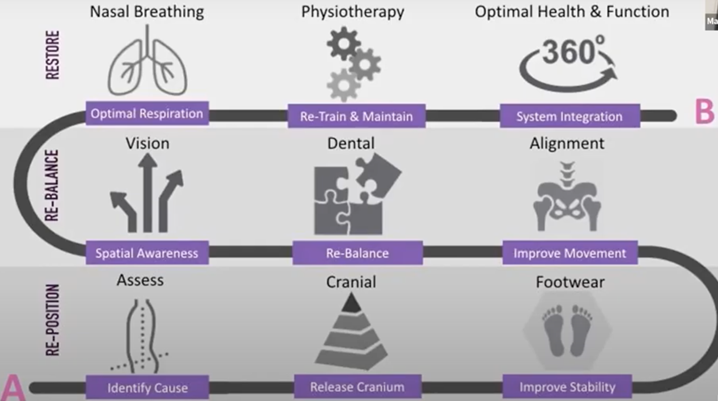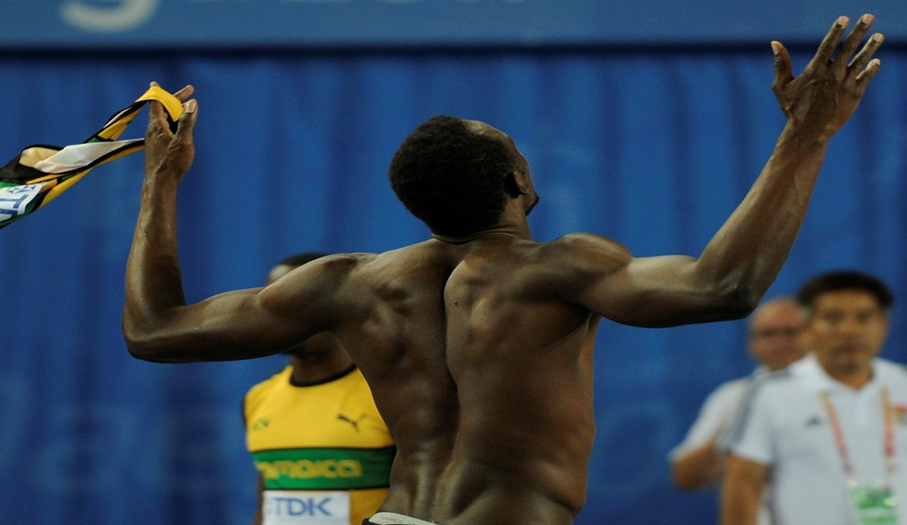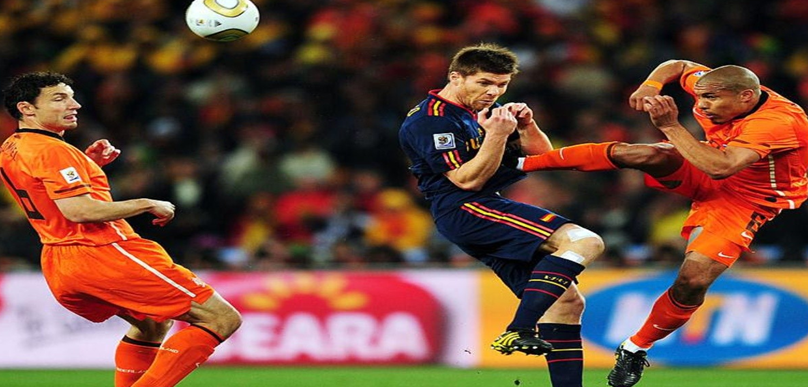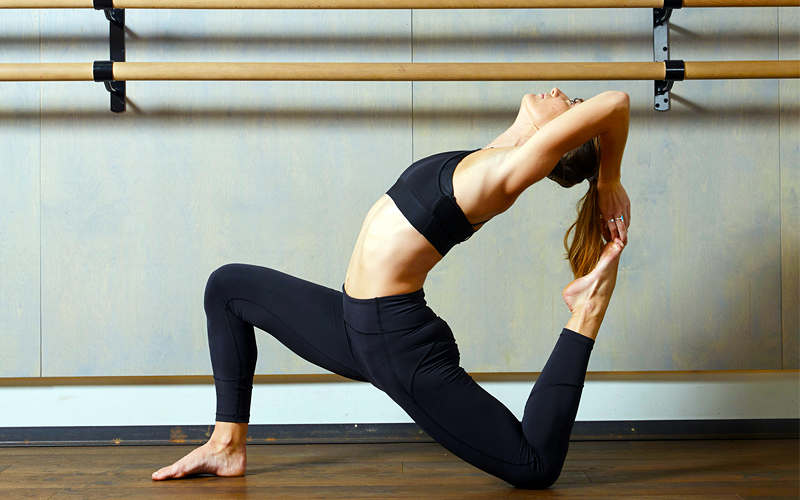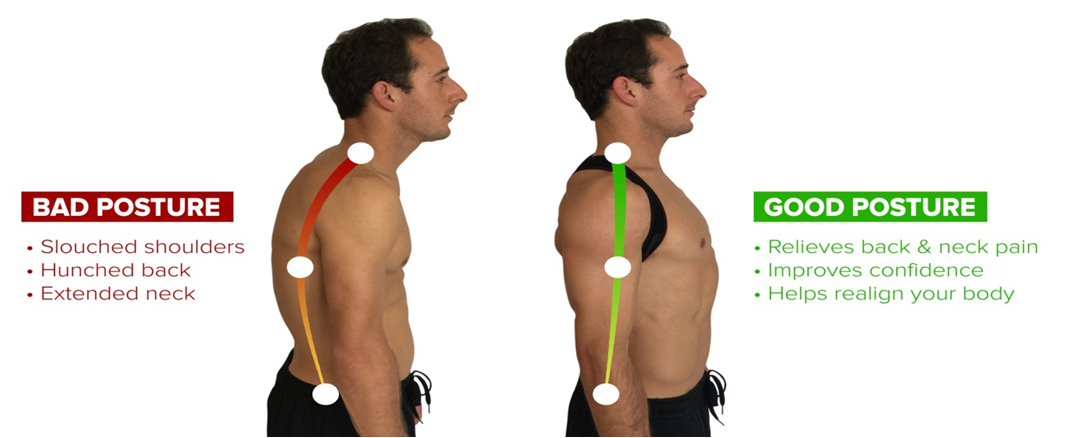EFFECTS OF SPORTS HERNIA IN THE ELITE COMPETITION
- Sports therapy treatment for sports hernia –
Sports Hernia has been widely adopted as the medical term implemented to describe and explain some type of chronic pain at the groin level that may have been induced by damage to the soft tissues where tendons, muscles, and ligaments were most likely compromised. It also alludes to the tears in the lower abdomen or in the groin area that may be present when the subject or athlete makes extremely sudden movements of changes of direction. Likewise, there are chances that a sports hernia can worsen and become a conventional hernia, it is not usual for this type of aggravation to happen. Sports hernias are frequently seen in disciplines that require explosive changes of direction such as football, hockey, American football, hurdling, or wrestling. Sports hernias are known to inflict severe pain in the groin at the time of injury, what would be another factor to suspect the suffering of sports hernia, after the incident where the injury arose, the athlete may refer to pain or stiffness with activities such as getting out of bed or getting out of the car. Any activity that increases intra-abdominal pressure such as coughing or sneezing can even cause pain. International Journal of Sports Therapy aka IJSPT explains that this Athletic Pubalgia soreness is usually experienced with much more intensity than a unilateral or bilateral abductor strain. According to scientific research carried out by the renowned physician Anderson Oliviera et la (2016) treatment time may vary from 31 days to 365 days, also obtaining a fairly high percentage of subjects who went back to their sporting activities as normally did before being injured, reaching an average of 95. 2%. To achieve a successful recovery is strictly to undergo specialised and qualified medical treatment, which will be divided into conservative and surgical treatment, as for non-surgical treatment as the first line of treatment, we find the work performed by sports physio Manchester/ sports therapy Manchester clinicians in My Sports Injury Clinic which is a Manchester City Rehabilitation Centre, where we offer the best of care to our patients and provide a service that meets their needs, some of the treatments we feature are deep tissue massage, manual therapy, osteopathy, dry needling, manual lymphatic drainage, stretching and so on.
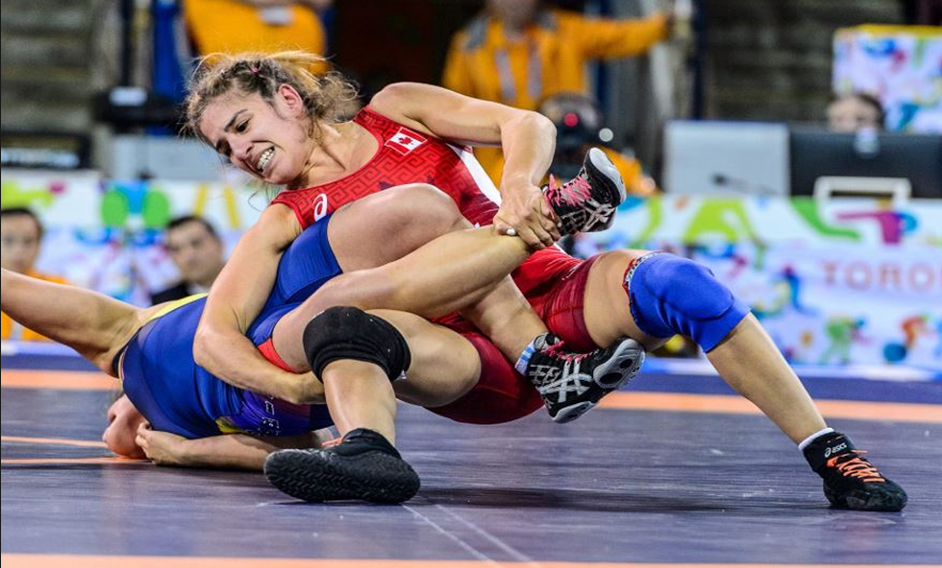
What exactly is a sports hernia? Johns Hopkins Medicine sets out that Athletic pubalgia or sports hernia is the term used to describe ailments located in the area of the pubic symphysis. The main feature is the pain in this area, but we can find this same symptom at the level of the adductors, abs, or in the anterior part of the thigh.
Sports hernia symptoms generally begin as a discomfort or pain when performing sports activities and as it becomes chronic, it commences to establish itself in the activities of daily life, notably incapacitating those who suffer from it.
This pathology is called "sports hernia" since most of the people who present it are athletes, both high performance and recreational, the most prevalent cases are soccer players, as stated by an epidemiological study with a duration of 9 years, it was evidenced that amongst 43 injured subjects with sports hernia the percentage of soccer players was the highest, reaching up to 58.1% and the runners had 30.2% of incidence, and the average of professional athletes added up to 37.2%.
What is the difference between a hernia and a sports hernia? The article of Rock & Armor apprises that traditional hernia refers to defects or holes in the abdominal wall where other tissues can herniate. Sports hernia alludes to tears or injuries to the soft tissues of the groin or lower abdomen that can occur when an athlete makes changing direction all of a sudden.
What are sports hernias symptoms?
Sports hernia symptoms include chronic groin pain, often in both, accentuated by exercise, coughing, or sneezing. Pain in the pelvis or scrotum or testicles may also be experienced. The pain tends to accentuate over time. Chronic refers to the duration of the problem, not the seriousness of the disorder. A Sports hernia is more common in men.
What to avoid with a sports hernia 2 pieces of advice suggested by our physios Manchester to avoid when treating a sports hernia injury, you may be doing something wrong and it is worse than doing nothing to rehab for a sports hernia.
- Do not take anti-inflammatories for more than 10 days. The pain you feel in the pubic area may be due to inflammation and your doctor prescribes an anti-inflammatory to combat it. If the anti-inflammatory after 10 days (and we are being very generous with this amount) does not eliminate or calm your pain, it will not do it in 15 days, a month, or a year either. Taking an anti-inflammatory for long periods affects the health of your organs.
- Not stop at all. By not stopping at all, we mean that you do not lie down on a sofa or bed to rest the pain, the solution cannot be to give up physical activity. You can and should reduce its intensity, but do not take complete rest. So, exercises for sports hernia will be indicated in future physiotherapy Manchester consultation.
How do you diagnose a sports hernia? Have you wondered what the test for sports hernia confirmation is? Your sports therapy practitioner will tell you to do a sit-up if it hurts; it’s likely to suffer a sports hernia. On the other hand, The British Journal of General Practice also known as BJPG enlightens that there are two gold-standard imaging studies to confirm an injury of this type, are the ultrasound and the MRI.
Do sports hernias heal on their own? Our physiotherapists Manchester explain that injuries of this nature such as sports hernia cannot heal by themselves since the pain will not disappear permanently simply with ice, and rest. The pain will wear off with the application of the RICE (treatment for sports hernias) as long as the sports action is not resumed on the playing field, and what is sought is the exact opposite, which is to be able to resume sports activity without any pain or discomfort.
How to treat a sports hernia if you have ever had an athletic pubalgia/sports hernia, you know very well that it is a pain in the pubic area. This pain occurs in anyone, but it is very common in athletes. Do you want to know what the treatment for sports hernia is? Well, from sports therapy Manchester, the main objective in the face of this problem will be to reduce pain in a way that allows us little by little to return to sports activity. The physiotherapy Manchester treatment that is proposed to be the treatment for sports hernia is:
- Isometric and eccentric exercises of the adductor and abductor muscles, as well as the abdominals
- Stretching and sports massage Manchester techniques of the adductors, hamstrings, and psoas.
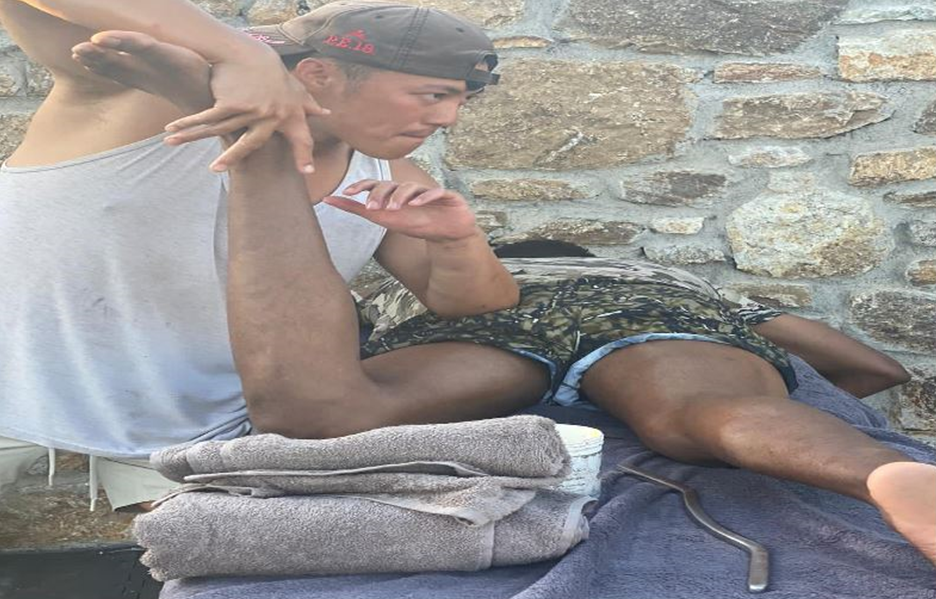
- Manipulation of the symphysis pubis.
- It is recommended that in an acute phase of the patient keep sports rest that demands great effort.
Our sports therapy Manchester treatments at My Sports Massage Manchester City Centre include a comprehensive assessment of your injury and a follow-up of it to achieve a complete recovery.
How to heal a sports hernia without surgery Intermountain Healthcare affirms that generally conservative treatments in these types of conditions have a 90% chance of being successful in their resolution. Some of the steps to follow would be:
- Rest; your sports therapy treating specialist may advise you to stop any practice for the first seven days after the injury has occurred.
- Ice; the implementation of ice will make it easier to decrease swelling.
- Medicine; pain relievers, and anti-inflammatory pills.
- Injections.
- Physical therapy Manchester.
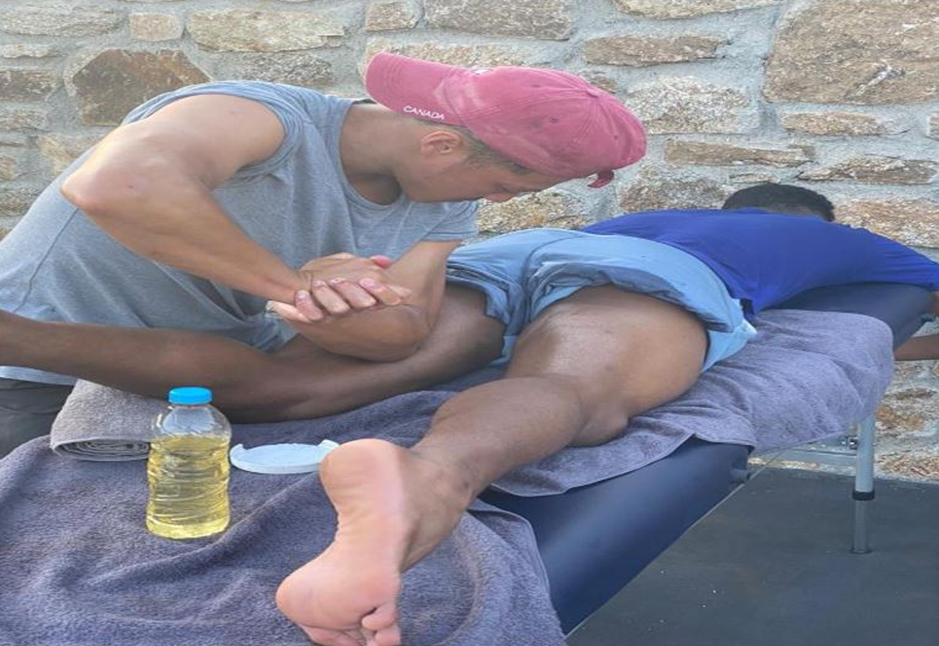
How long are you out with a sports hernia? The time you will be away from sports activity depends solely and exclusively on the severity of your injury. Orthoinfo informed that in a high percentage of cases, normally a non-surgical treatment would last up to a maximum of 6 weeks. In the event that the pain returns after conservative treatment, the possibility of undergoing surgical treatment should be evaluated.
How long is recovery from sports hernia surgery? Full recovery after being involved in the surgical process could take up to 12 weeks, only if the recovery plan is carried out alongside sports therapy after the operation we will obtain the best outcomes, it is necessary to adhere to this recommendation.
Published by Rafael Peña
References
- Wilkerson, R. Sports hernia (athletic pubalgia) https://orthoinfo.aaos.org/en/diseases–conditions/sports-hernia-athletic-pubalgia/. Updated June 2017. Accessed February 2019.
- Reis F.A., Rosenfeld A., Ikawa M.H., Silva F.D., Costa J.D., Natour J. A importância dos exames de imagem no diagnóstico da pubalgia no atleta. Rev Bras Reumatol. 2008;48(4):239–242.
- Schilders E Dimitrakopouiou A Cooke M et al. Effectiveness of a selective partial release for chronic adductor‐related groin pain in professional athletes. Am J Sport Med. 2013;43:603‐607.
- Minnich JM Hanks JB Muschaweck U et al. Sports Hernia: Diagnosis and treatment highlighting a minimal repair surgical technique. Am J Sport Med. 2013;39:1341‐1349.
- Taylor D.C., Meyers W.C., Moylan J.A., Lohnes J., Bassett F.H., Garrett W.E., Jr. Abdominal musculature abnormalities as a cause of groin pain in athletes. Inguinal hernias and pubalgia. Am J Sports Med. 1991;19(3):239–242.
- Joesting DR Diagnosis and treatment of sportsman's hernia. Curr Sports Med Rep. 2002;1(2):121‐124.
- Rabe SB Oliver GD Athletic pubalgia: Recognition, treatment, and prevention. Athl Train Sports Health Care. 2010;2:25‐30.
